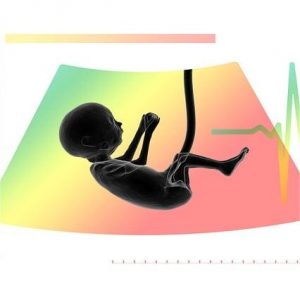-
Happy Holidays from AcceGen! Orders placed during Dec 22–Jan 2 will be processed and shipped after operations resume. Please plan ahead.
Featured Products
- In-Stock Tumor Cell Lines
- Human Orbital Fibroblasts
- Human Microglia
- Human Pulmonary Alveolar Epithelial Cells
- Human Colonic Fibroblasts
- Human Type II Alveolar Epithelial Cells
- Human Valvular Interstitial Cells
- Human Thyroid Epithelial Cells
- C57BL/6 Mouse Dermal Fibroblasts
- Human Alveolar Macrophages
- Human Dermal Fibroblasts, Adult
- Human Lung Fibroblasts, Adult
- Human Retinal Muller Cells
- Human Articular Chondrocytes
- Human Retinal Pigment Epithelial Cells
- Human Pancreatic Islets of Langerhans Cells
- Human Kidney Podocyte Cells
- Human Renal Proximal Tubule Cells
Primary Cells
Explore Products




 BeWo is a human choriocarcinoma cell line originally isolated from brain metastasis tissue of a male fetal placental tumor. The cells exhibit an epithelial-like morphology and grow as monolayer under adherent conditions, with a doubling time of approximately 30 hours. Characterized by a hypotetraploid stemline karyotype, with a modal chromosome number of 86, and a range of 71-178 chromosomes. BeWo cells express key trophoblast-specific markers, including human chorionic gonadotropin (hCG), placental lactogen, and various estrogen isoforms. They also displays tumorigenic potential and are permissive to poliovirus type 3 and vesicular stomatitis virus. Its unique capacity for syncytialization makes it particularly valuable for modeling placental barrier functions and hormonal regulation.
BeWo is a human choriocarcinoma cell line originally isolated from brain metastasis tissue of a male fetal placental tumor. The cells exhibit an epithelial-like morphology and grow as monolayer under adherent conditions, with a doubling time of approximately 30 hours. Characterized by a hypotetraploid stemline karyotype, with a modal chromosome number of 86, and a range of 71-178 chromosomes. BeWo cells express key trophoblast-specific markers, including human chorionic gonadotropin (hCG), placental lactogen, and various estrogen isoforms. They also displays tumorigenic potential and are permissive to poliovirus type 3 and vesicular stomatitis virus. Its unique capacity for syncytialization makes it particularly valuable for modeling placental barrier functions and hormonal regulation.